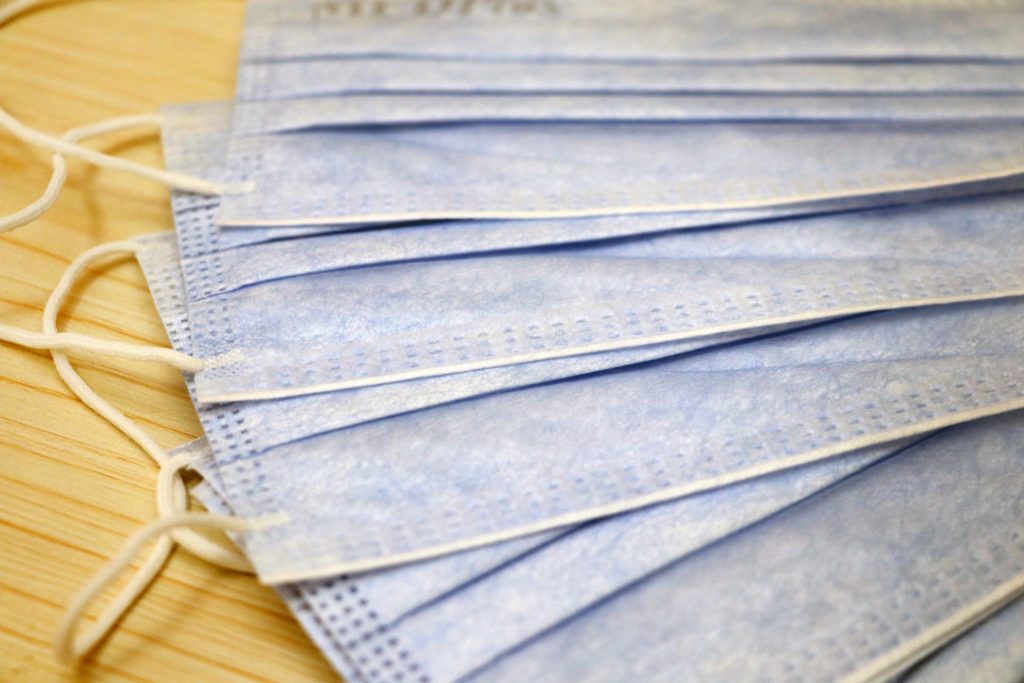Layering a cloth mask over a medical procedural mask, known as double masking, has been found to block 92.5% of potentially infectious particles from escaping thanks to the masks’ tighter fit.
This is according to new data from the US Centers for Disease Control and Prevention (CDC). In January, the CDC began testing two simple modifications to improve the performance of masks: Double masking and knotting.
Their study found that wearing both a surgical mask and cloth mask blocks 92.5% of infectious particles.
The knotting method flattens excess fabric and reduces the gap on either side of the face, preventing air from going in. This is done by folding the edges of your mask inwards and knotting ear loop strings where the mask meets the fabric.
This method was found to block 63% of particles from escaping, better than the 42% of unknotted masks, shows the CDC’s Morbidity and Mortality Weekly Report.
Cumulative exposure from potentially infectious aerosols was also reduced by 96.4% when both an infected and uninfected person double-masked, the study found.
When both used the knotted method, cumulative exposure reduced by 95.9%.


